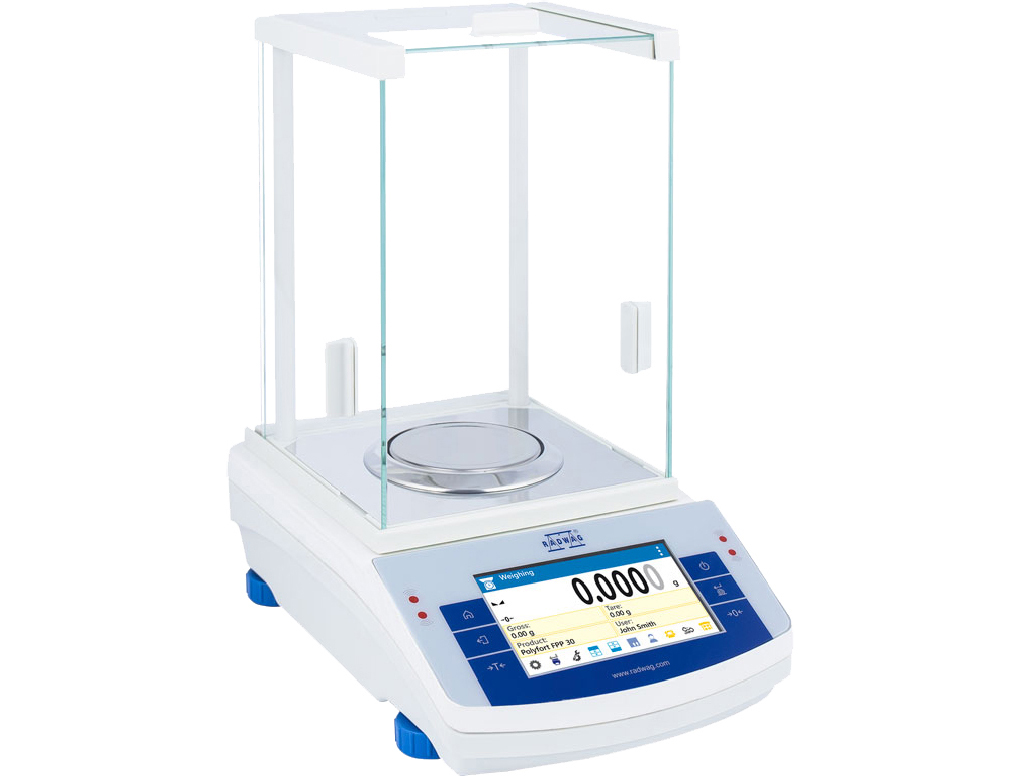Analytical balances are precision instruments that are designed to provide accurate measurements of small masses. They are used in laboratories for weighing small samples, usually 0.0001 grams up to 100gram, with high accuracy of 0.1mg or 0.01mg. Analytical balances have a higher resolution and sensitivity than other types of scales and are used in applications where accuracy is critical, such as pharmaceuticals, research, calibration and quality control.
Working Principle of Analytical Balances:
Analytical balances work based on the principle of electromagnetic force compensation. They use an electromagnetic force to balance the mass of the sample being weighed. The instrument has a pan where the sample is placed, and the balance senses the weight of the sample and adjusts the electromagnetic force to balance it. The balance then displays the weight of the sample on a digital screen.
Types of Analytical Balances
There are different types of Analytical balances, including top-loading balances, microbalances, and ultra-microbalances. Top-loading balances are used for general-purpose weighing and can measure up to 300 grams with a resolution of 0.1 mg. Microbalances are used for weighing very small samples and can measure up to 6 grams with a resolution of 0.1 µg. Ultra-microbalances are used for weighing samples in the sub-milligram range and can measure up to 120 mg with a resolution of 0.01 µg.
Calibration of Analytical Balances
Analytical balances require regular calibration to ensure accurate measurements. Calibration involves comparing the readings of the balance with a known standard weight. The calibration process should be performed by a qualified technician using calibrated weights and should be done at regular intervals. The frequency of calibration depends on the frequency of use and the accuracy required.
Maintenance of Analytical Balances
Proper maintenance of analytical balances is essential to ensure accurate measurements and prolong their lifespan. Maintenance involves cleaning the balance regularly, avoiding spills, storing the balance in a stable environment, and replacing worn-out parts. The balance should also be checked for accuracy regularly and recalibrated if necessary.

Safety Precautions for Analytical Balances:
Analytical balances use sensitive and delicate components that require careful handling to avoid damage. Some safety precautions to observe when using analytical balances include:
Avoiding placing heavy objects on the balance
Avoiding exposing the balance to extreme temperatures or humidity
Handling the balance gently and with care
Cleaning spills immediately to avoid damage to the components
Using the balance in a stable and vibration-free environment